
Front_Office_Operations
.pdf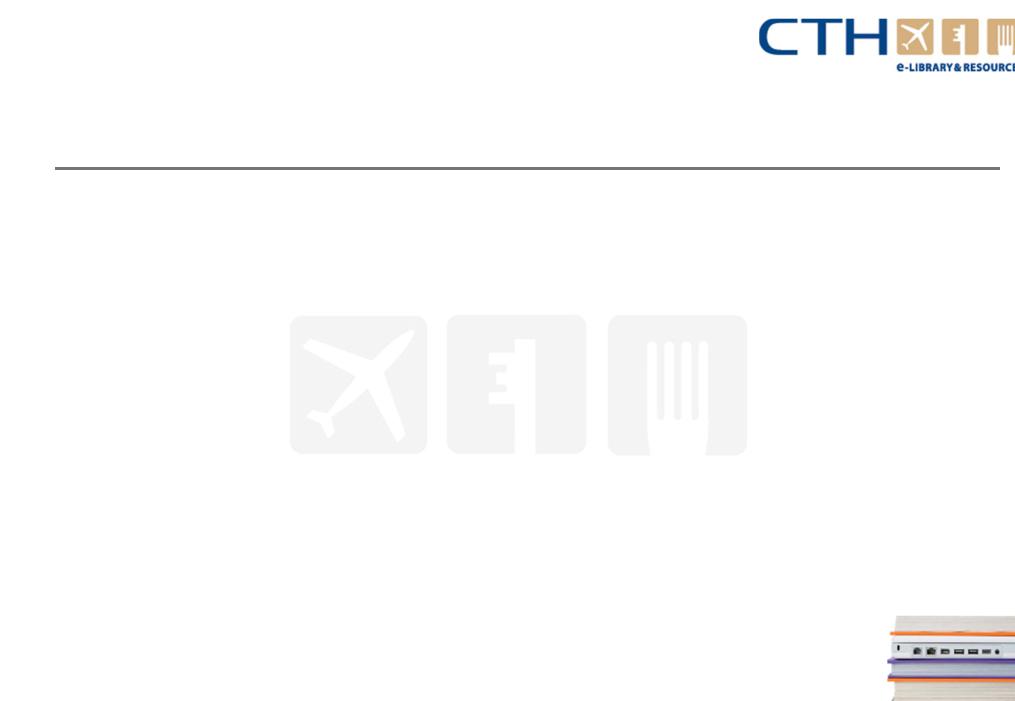
Chapter 1 – Introduction to front office operations
Role and responsibilities of front of house staff
3.6 Concierge and uniformed staff
‘Concierge is the French term for 'porter', but the concierge department in a large hotel (which may also be called 'lobby services') may cover a variety of roles, often divided into:
●An enquiries desk, which may be responsible for general guest or visitor enquiries and directions; handing out and accepting guest keys; handling incoming and outgoing mail for guests; and organising taxis or valet parking.
●A bookings desk, which may handle car hire, flight confirmations, tour bookings and entertainment tickets for guests. (This desk may also be operated by specialist car hire companies and/or booking agencies, who pay for the right to operate on a 'concession' basis within the hotel)
●A baggage handling and storage desk, or 'porterage' desk (although this may also be handled from reception).
●Security in the lobby/reception area, if this is not handled by a separate security officer or team.
www.cthresources.com |
Page 41 |
|
www.cthawards.com |

Chapter 1 – Introduction to front office operations
Role and responsibilities of front of house staff
3.6 Concierge and uniformed staff continued…
Traditionally, 'concierge' is the title given to the Head Porter, who manages all these services and supervises a range of uniformed staff.
Uniformed staff include:
●Doorpersons (or greeters): who open doors; bring luggage from guests' transport to the hotel (and vice versa on departure); and hail or call taxis on request
●Porters, 'bell staff and/or pages, who carry luggage to and from guests' rooms; keep the lobby area clean and tidy; run errands and relay messages
●Lift attendants, parking attendants, cloakroom attendants etc
www.cthresources.com |
Page 42 |
|
www.cthawards.com |
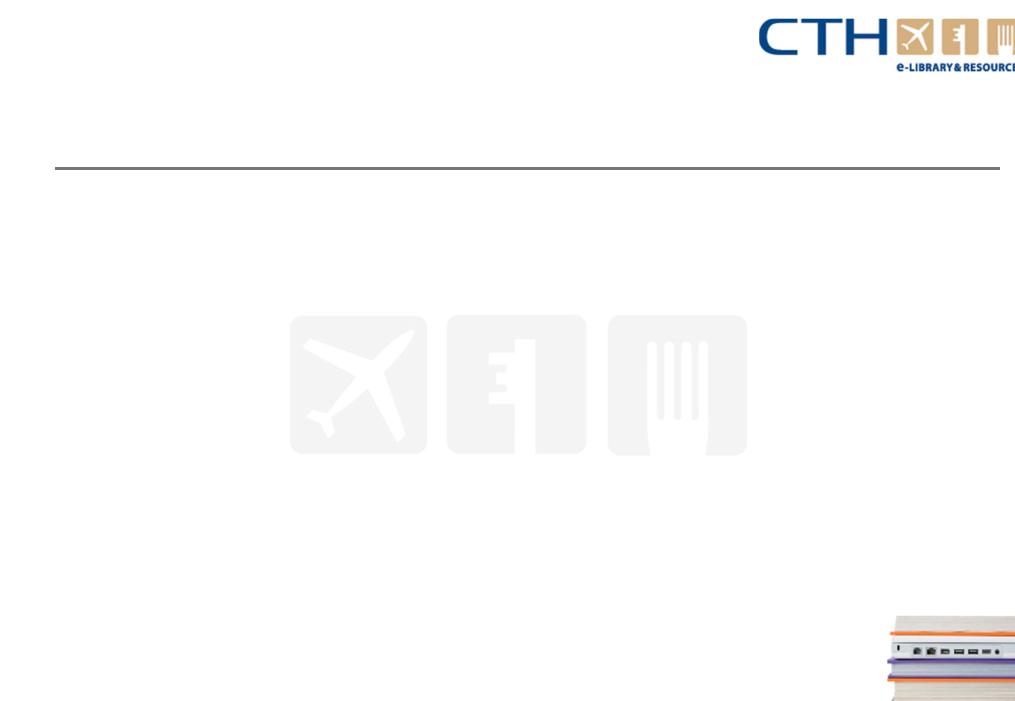
Chapter 1 – Introduction to front office operations
Role and responsibilities of front of house staff
3.7 Guest relations
In large hotels, Guest Relations Officers (GROs) are sometimes employed to create a more 'personal‘ relationship with guests - who might otherwise have very little human contact with hotel staff.
Their main role is to make guests feel welcome and provide personalised service, by greeting guests; attending social gatherings held by the hotel (as social 'facilitators'); and perhaps talking to those who are travelling alone.
Guests with special needs, problems or complaints may be referred to GROs by reception. GROs may also be given the task of greeting and liaising with Very Important Persons (VIPs), Commercially Important Guests (CIGs) and Special Attention guests (SPATTs).
GROs may support sales staff (e.g.. by escorting potential clients around the hotel, or providing guests with information about the hotel's services and facilities), and provide non-routine guest services when required (e.g.. sending a fax for a guest after the hotel's business centre has closed).
www.cthresources.com |
Page 43 |
|
www.cthawards.com |
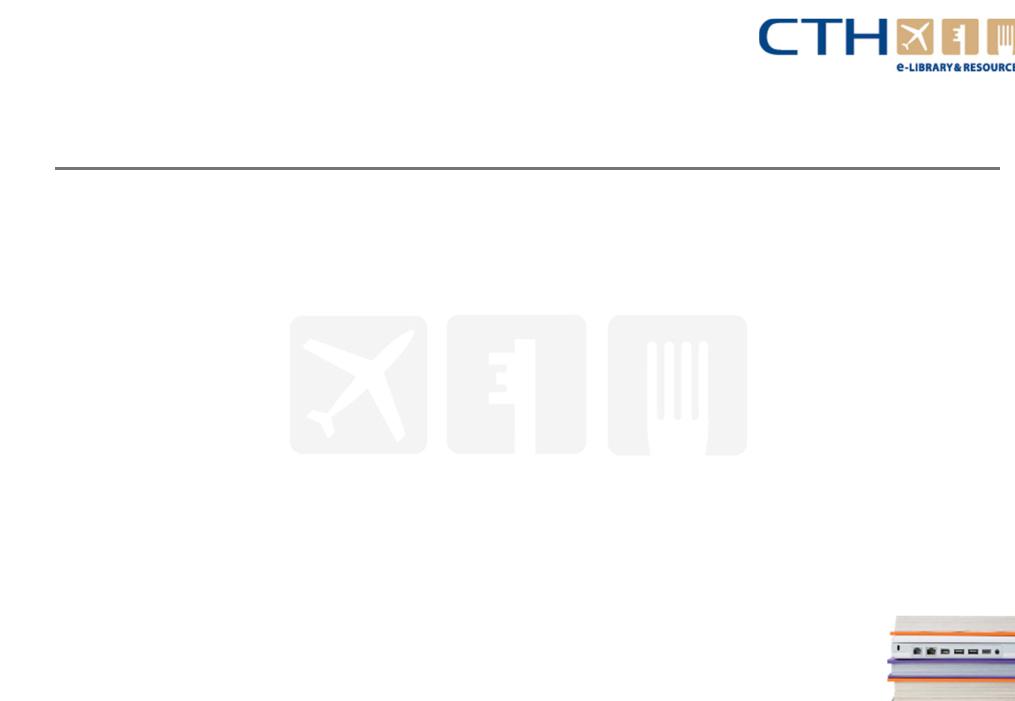
Chapter 1 – Introduction to front office operations
Role and responsibilities of front of house staff
3.8 Job descriptions for front office roles
Job descriptions are often used in the recruitment of staff, both to prepare job advertisements, and to measure the skills, characteristics and experience of candidates against the requirements of the job. They are also used as a guide to the induction and training of new staff, as the list of duties can be used as a 'checklist' for what recruits need to be able to do to work competently in the job. The key is to keep a job description brief and simple. It should generally contain:
●The job title, department and place of work
●A 'job or role summary': a short paragraph describing the major function of the job (perhaps with an organisation chart to show where it 'fits' in the rooms division or front-office structure)
●The person/or position to whom the job-holder is responsible (i.e. a manager or supervisor)
●Any persons/positions for whom the job-holder is responsible, or who report to the job-holder: that is any staff (s)he will have to manage or supervise
●A list of the main duties, tasks or responsibilities entailed by the job
●Where relevant, a note of other departments or roles with which the job-holder must regularly liaise, communicate or co-operate.
www.cthresources.com |
Page 44 |
|
www.cthawards.com |
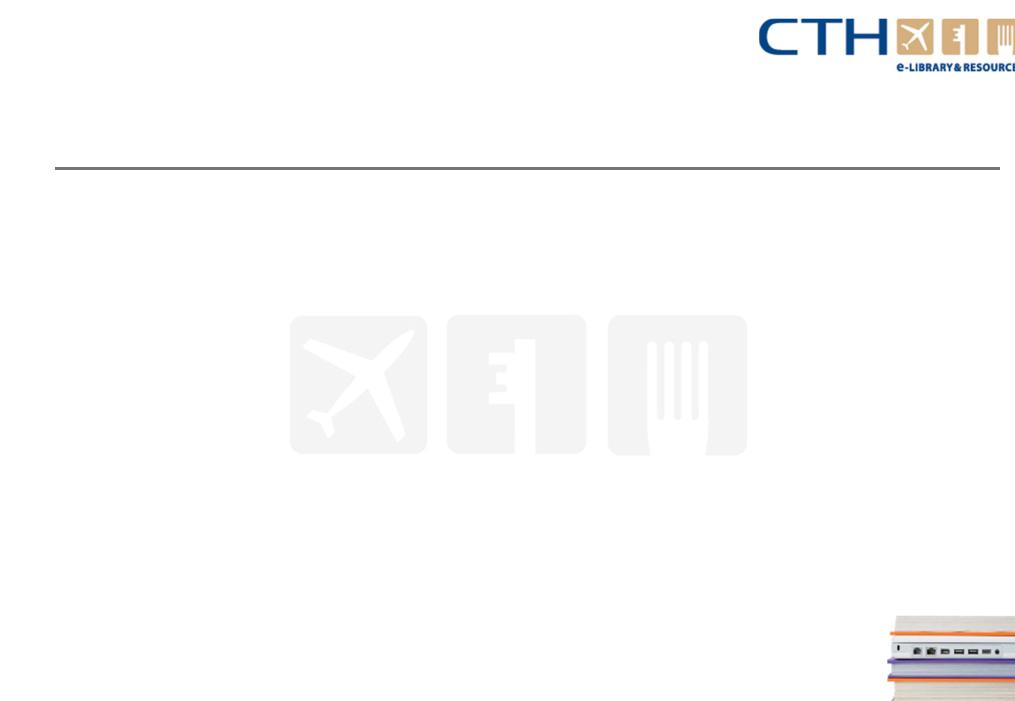
Chapter 1 – Introduction to front office operations
Role and responsibilities of front of house staff
3.9 Working in shifts
A small hotel or guest house may shut down its front office over night, leaving an 'Out of Hours' or 'Emergency' contact number (and/or front entrance intercom) for late arrivals or guests with problems during the night.
A large hotel, front office staff will be available to meet guest needs 24 hours per day. Most back office departments will operate normal or extended office hours: reservations will tend to be concentrated within business hours, and billing and cashiering activity in the early morning (posting of last-minute charges), middle of the day (lunchtime postings and banking of takings) and evening (opening bills for new arrivals).
However, certain significant front office roles (reception, night audit, porter and switchboard) will have to be covered overnight.
www.cthresources.com |
Page 45 |
|
www.cthawards.com |
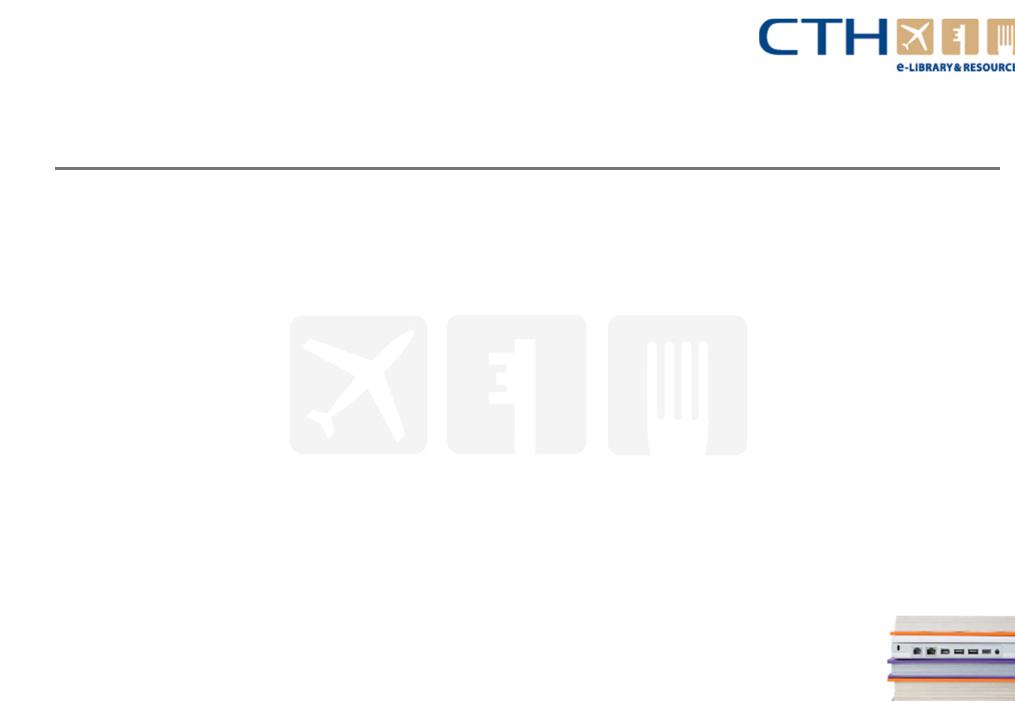
Chapter 1 – Introduction to front office operations
Role and responsibilities of front of house staff
3.9 Working in shifts continued…
Work is therefore usually organised on a shift basis.
Day staff may work an early shift (say, 7.00 am to 3.00 pm) or a late shift (3.00 pm to 11.00 pm), on a rotating roster system, five days per week (with varying days off). The main peaks of activity at front desk will be check-out time (7.30 - 10.30 am) and arrival time (say, 3.00 -7.00 pm).
A separate (generally smaller) night staff will usually be employed to cover the night or 'graveyard' shift (11.00pm to 7.00 am), to enable them to establish a routine of night working rather than rotating between day and night shifts.
Shift hours usually also allow 15-30 minutes for 'hand-over' between shifts, so that unresolved issues can be notified to the incoming shift, responsibilities for the cash drawer signed over and so on.
Drawing-up and maintaining shift rosters, to ensure that all shifts are adequately covered - while being flexible to the needs of staff members - is a significant challenge for the front office manager!
www.cthresources.com |
Page 46 |
|
www.cthawards.com |

Chapter 1 – Introduction to front office operations
The guest cycle
4.The guest cycle
www.cthresources.com |
Page 47 |
|
www.cthawards.com |

Chapter 1 – Introduction to front office operations
The guest cycle
As the organisation charts, the grouping of tasks onto divisions and departments sets up a series of 'vertical' chains or structures, reflecting the separation of specialised activities.
But look at from the point of view of a guest coming into a hotel, the 'flow' of activity doesn't look like this at all. A guest experiences the hotel less as a vertical structure than as a horizontal process. (S)he makes a booking, has it confirmed, arrives at the hotel on the due day, checks-in, requests various services as the stay unfolds, then turns up to check-out, receives the bill, pays it - and departs. For the guest, the experience is chronological: unfolding as a series of events, activities and services received over time.
The guest doesn't need to know - and ideally, shouldn't feel - that (s)he is having to cross over from one separate department to another at each stage: (s)he should be able to progress more or less seamlessly from booking (reservations) to check-in (reception) to occupancy (housekeeping, food and beverage and various other departments as required) to check-out (billing, cashier). In order to create this seamless service, it is useful to think of the role of front office, not in terms of departmental roles and responsibilities, but in terms of the guest cycle.
www.cthresources.com |
Page 48 |
|
www.cthawards.com |
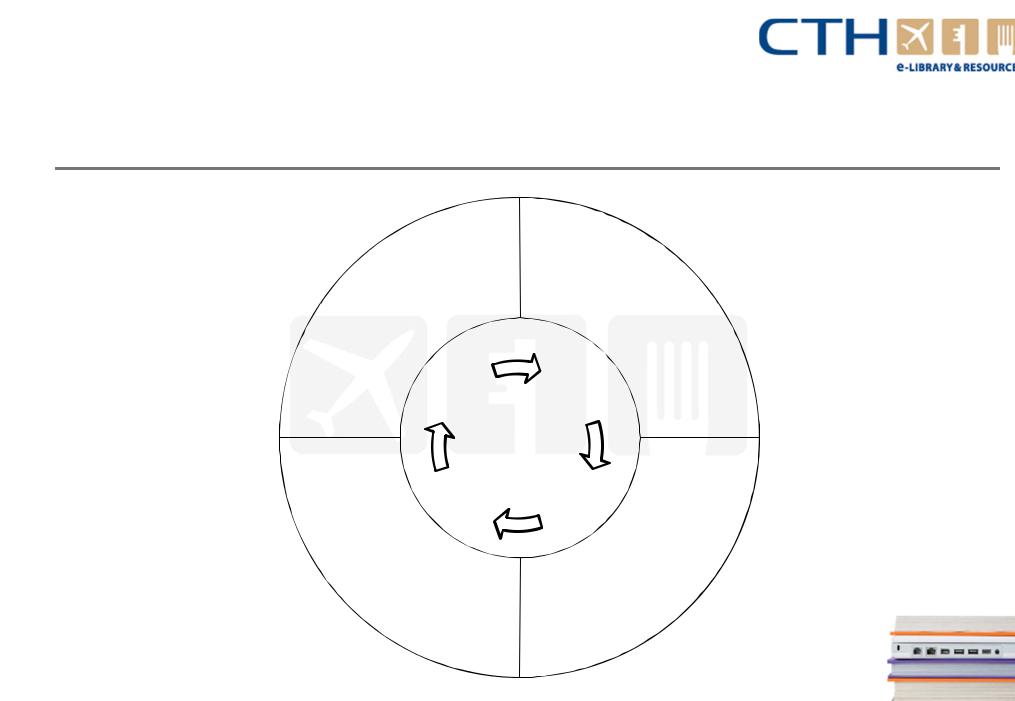
Chapter 1 – Introduction to front office operations
The guest cycle
Figure 1.5: The guest cycle
Source: Baker, Bradley & Huylon (Principles of Hotel Front Office Operations, p. 44)
www.cthresources.com
Baggage handling
Reservations
Transportation
Bill settlement
Guest cycle
Check - out
Departure Pre-arrival
Currency |
Doormen & |
|
exchange |
||
porters |
||
Occupancy |
||
Arrival |
||
Safe deposits |
Registration |
|
Maintaining |
Room assignment |
|
guest accounts |
Issuing of keys |
|
Mail and information |
||
Baggage handling |
||
Telephone calls |
|
|
Transportation |
|
Page 49
www.cthawards.com
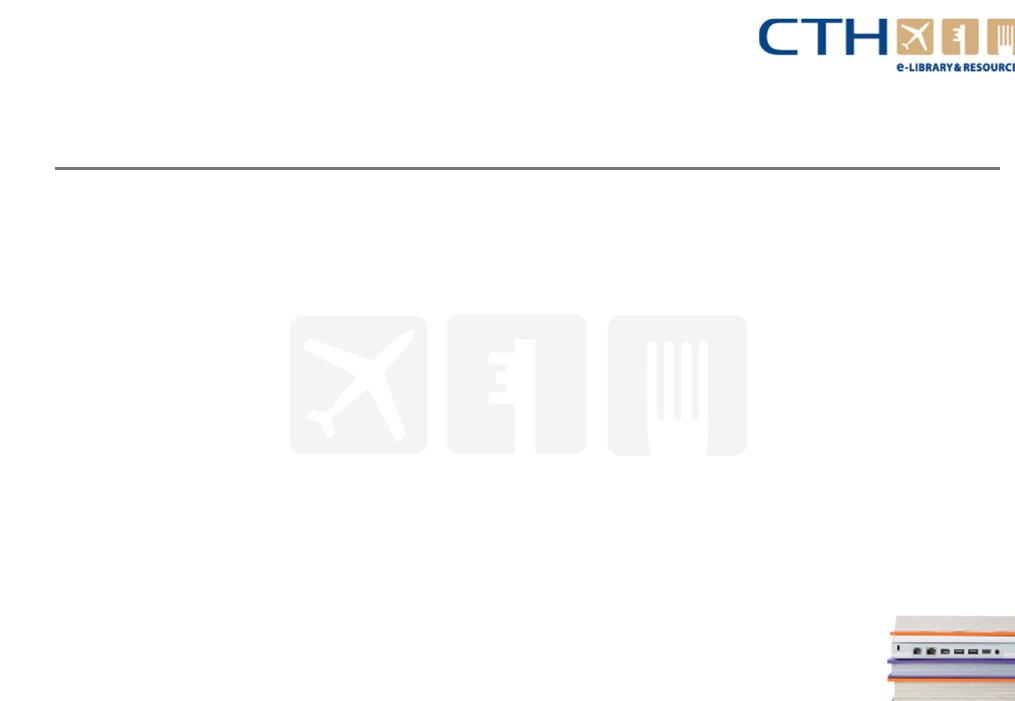
Chapter 1 – Introduction to front office operations
Liaising with other departments
5.Liaising with other departments
5.1Other departments in the hotel
5.2The flow of information within a hotel
www.cthresources.com |
Page 50 |
|
www.cthawards.com |
